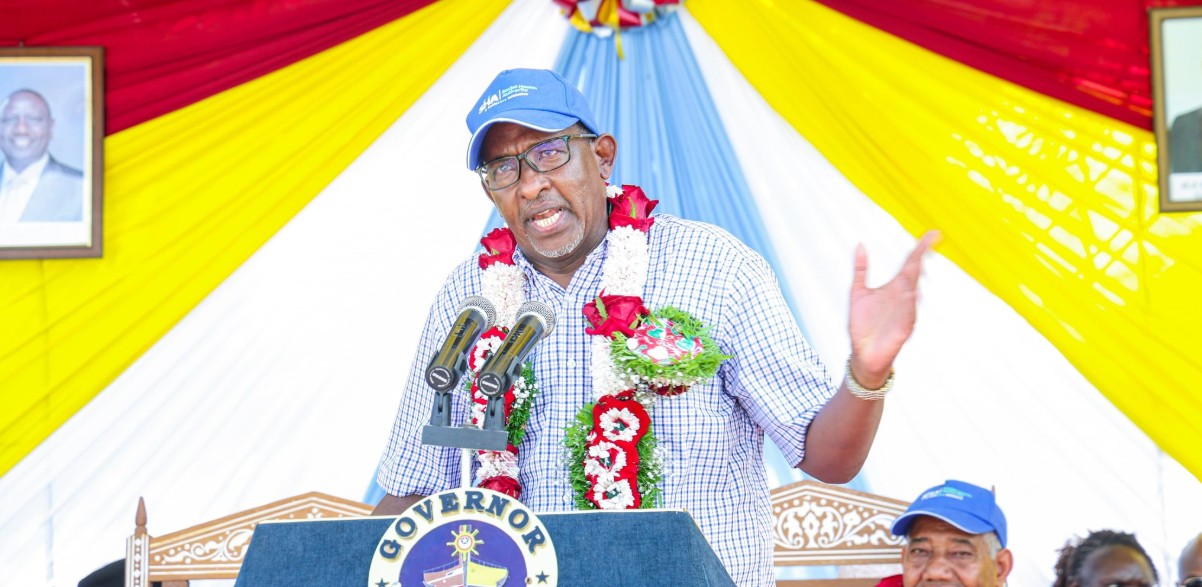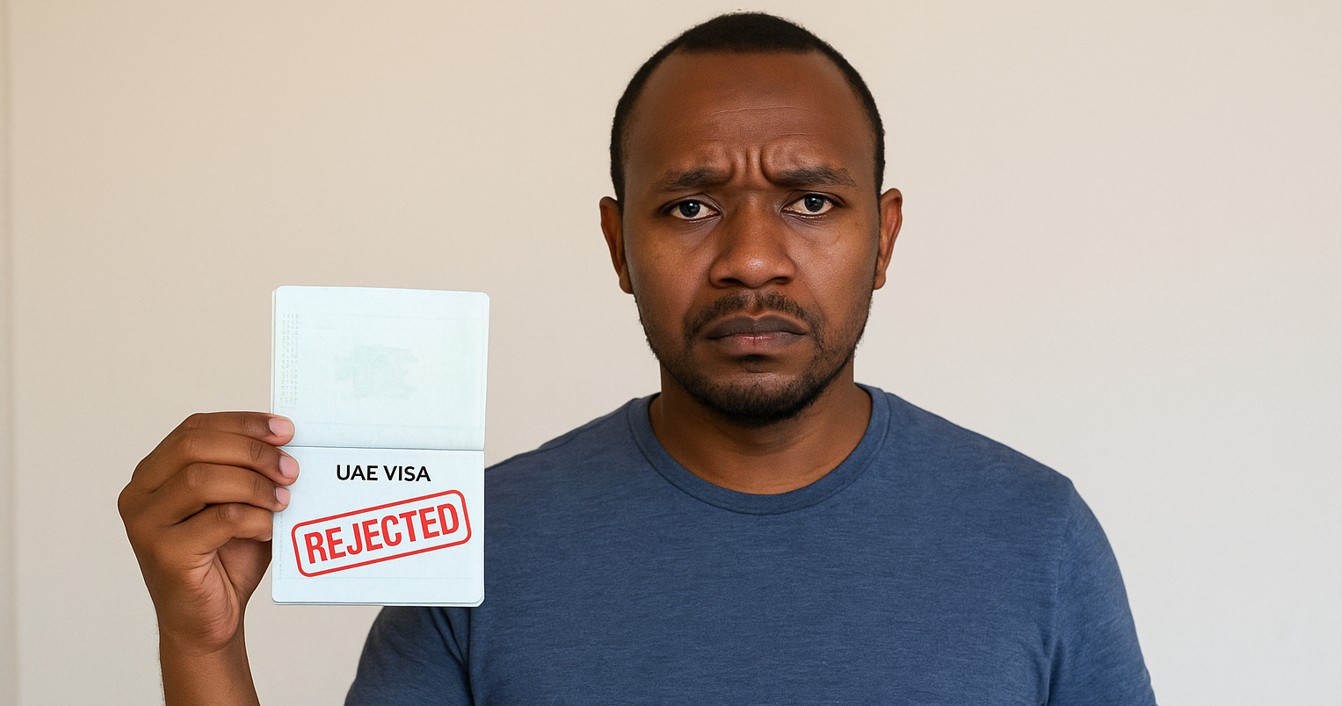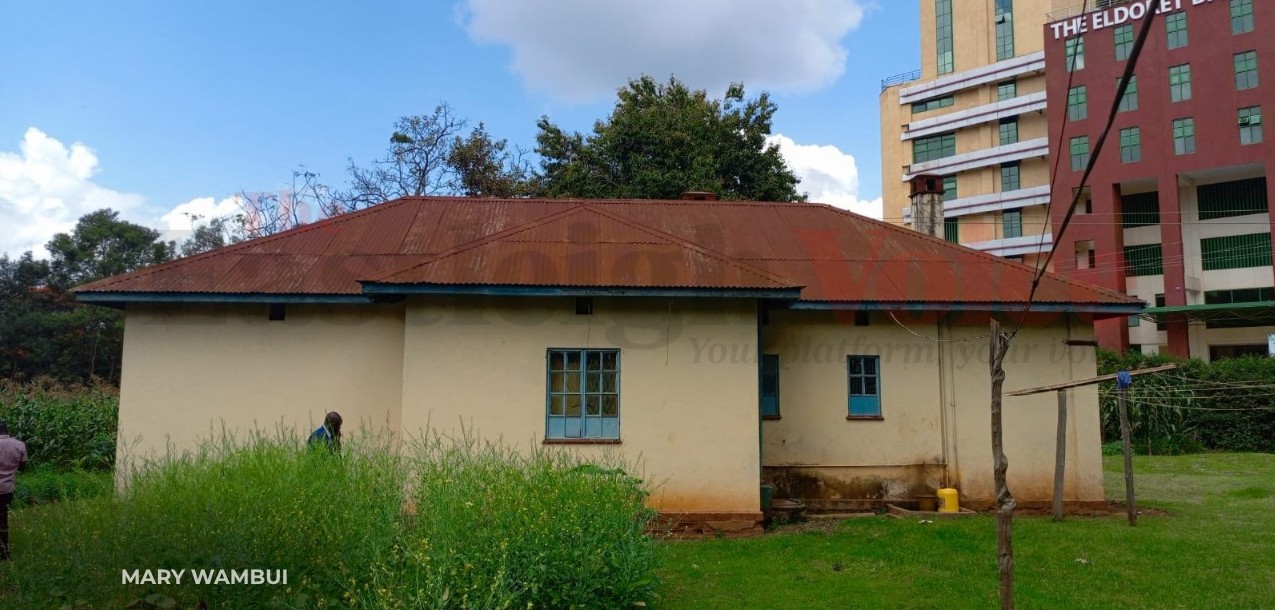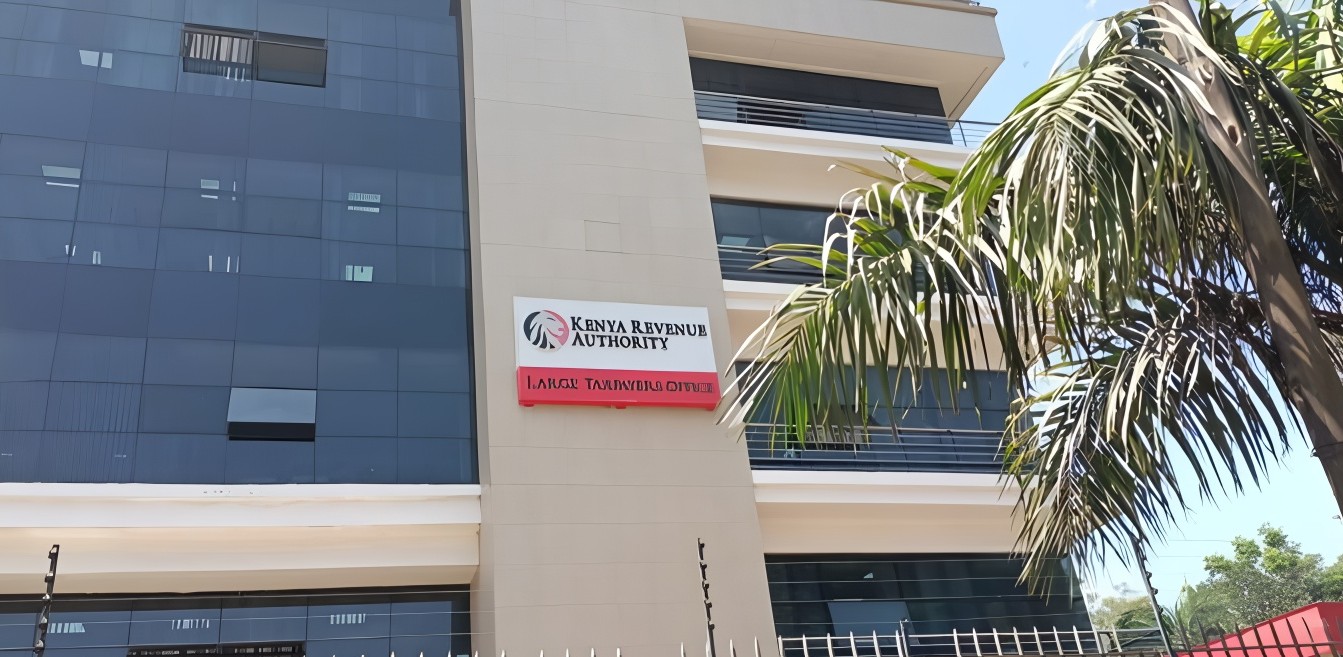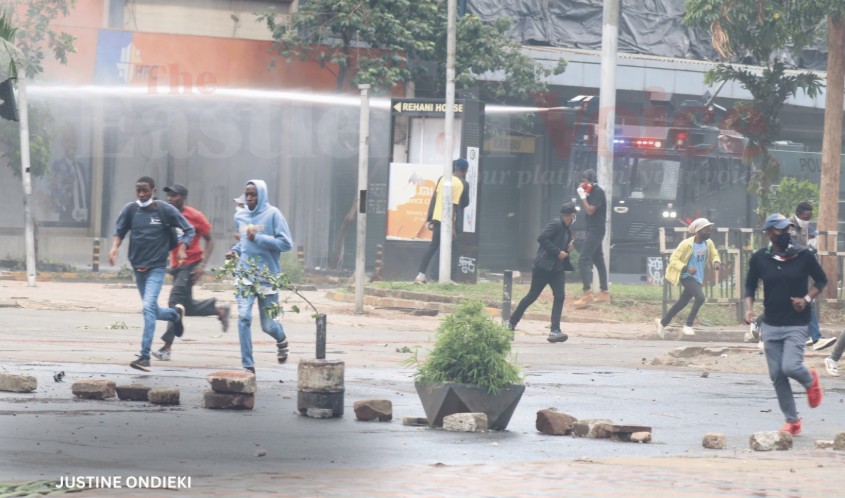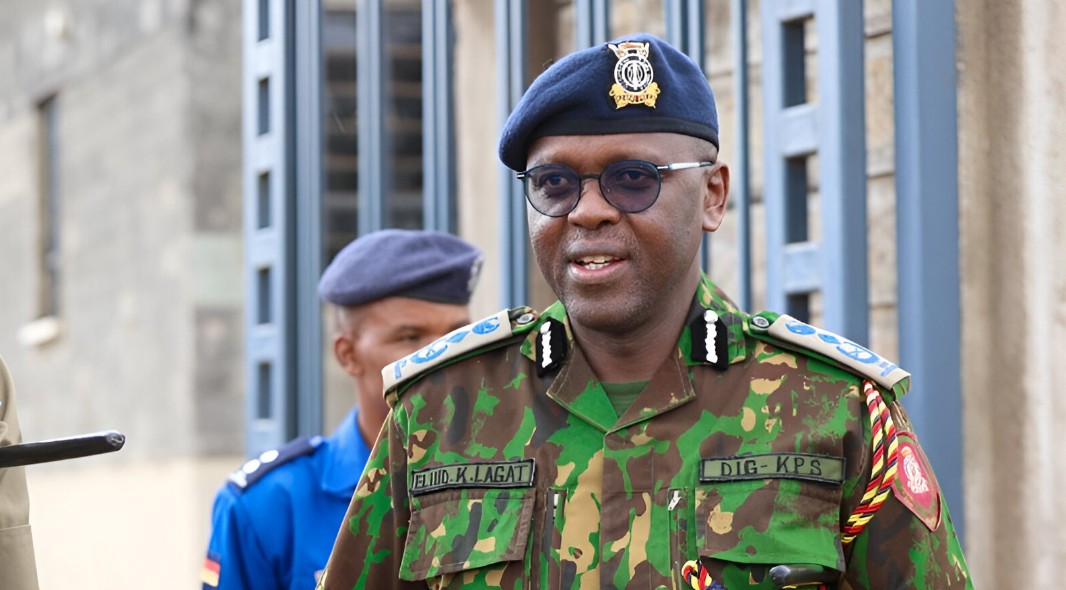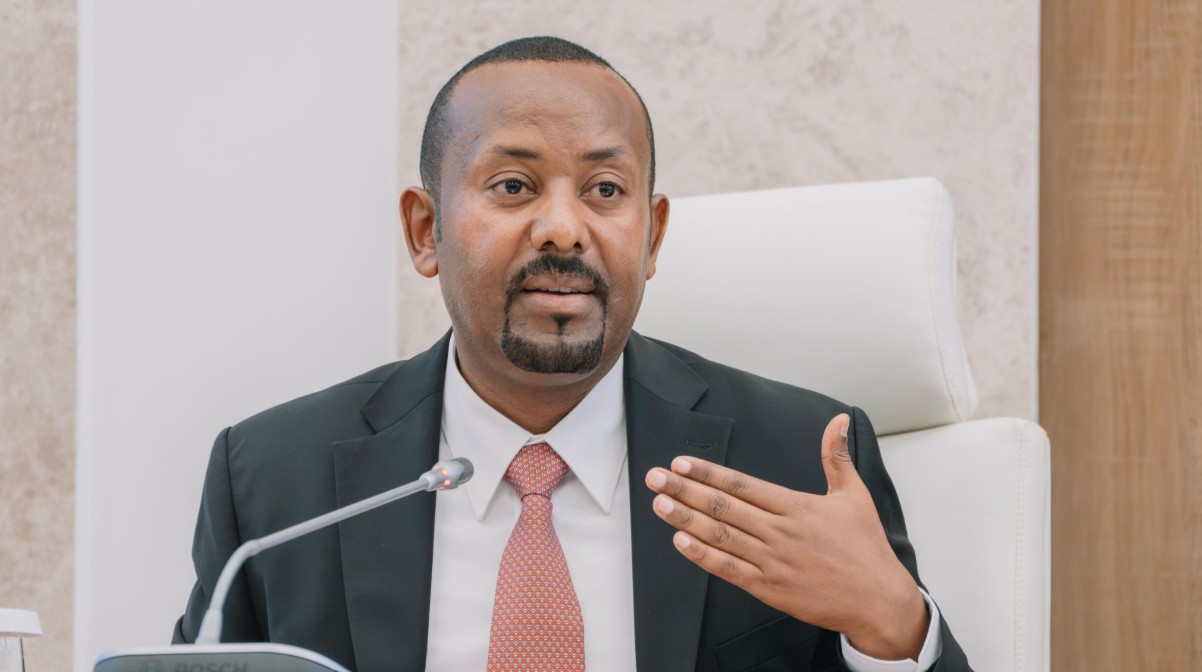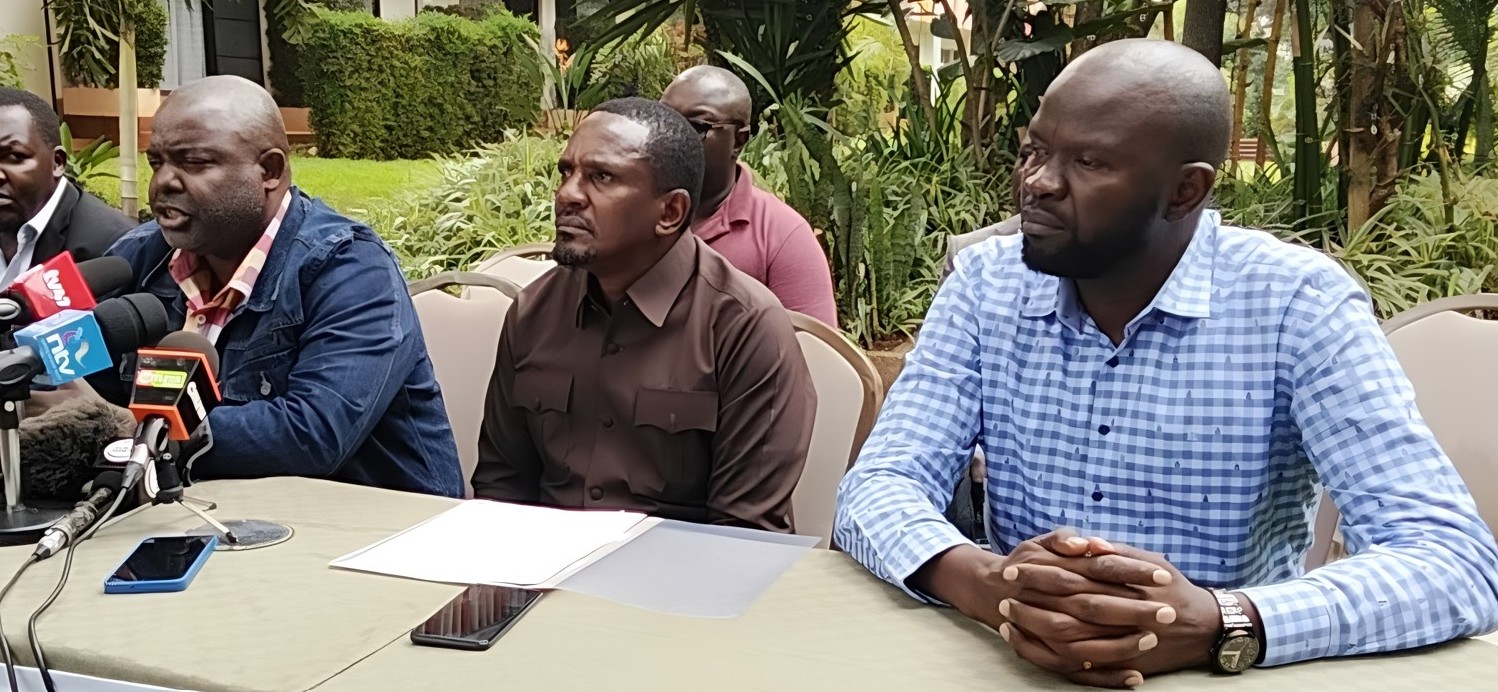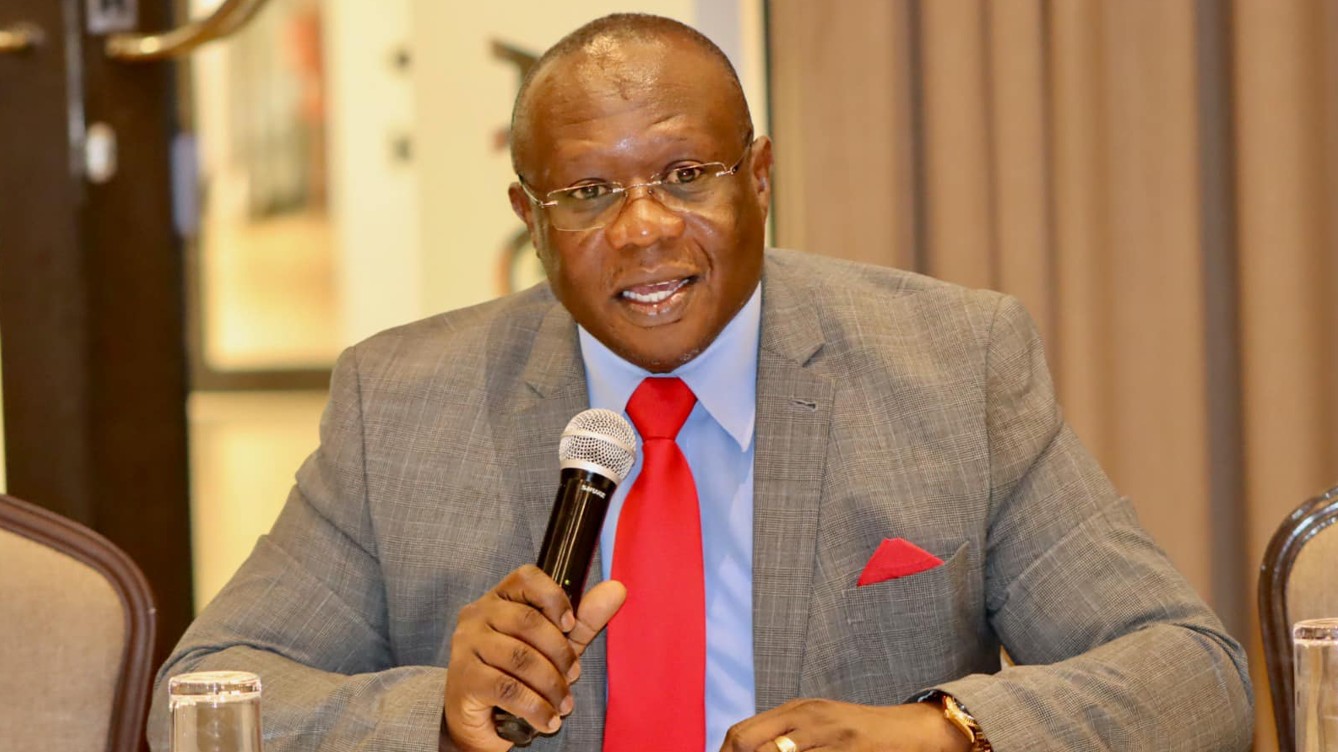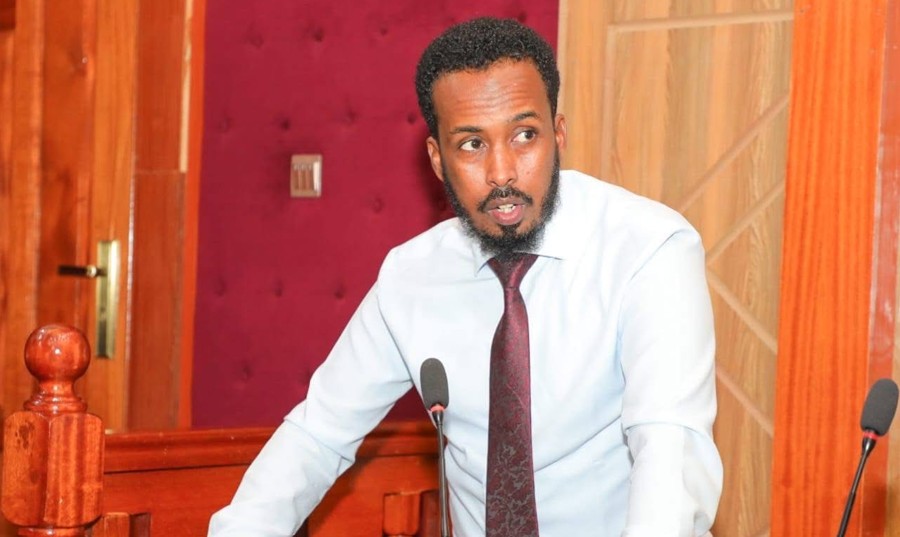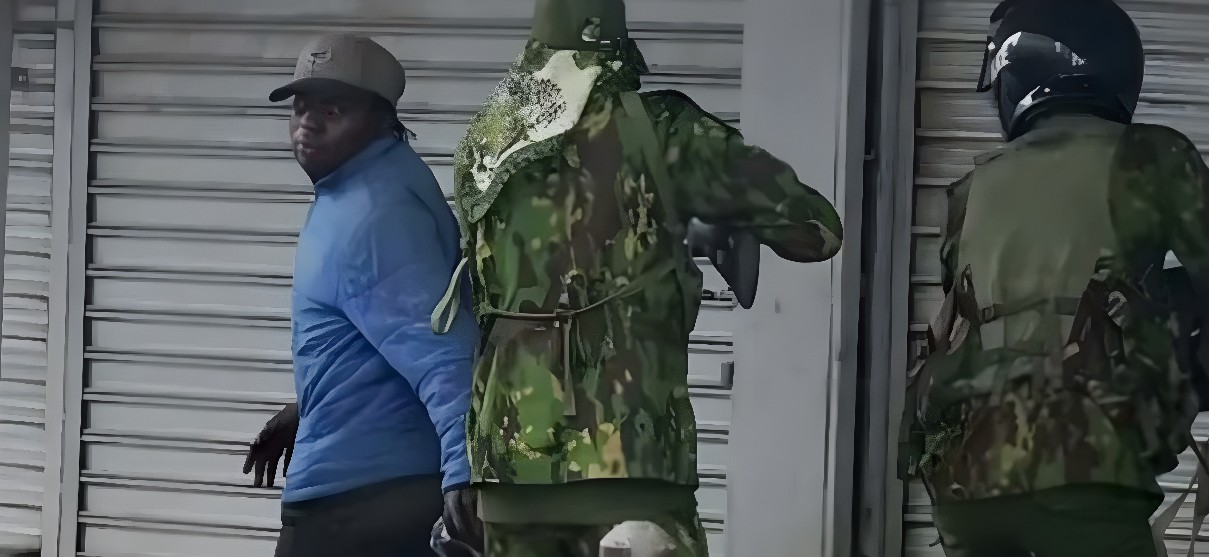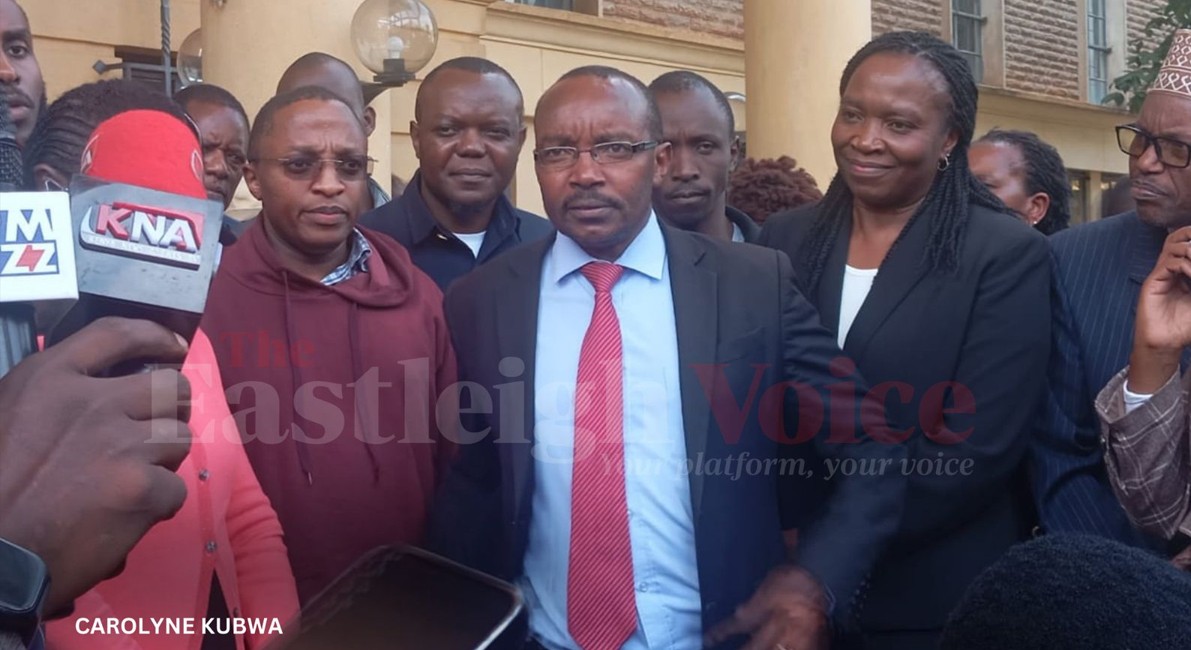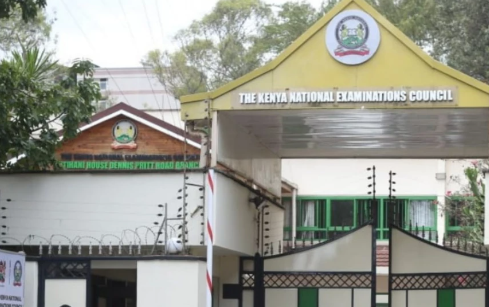Thousands of flood-hit Dadaab refugees in urgent need of aid
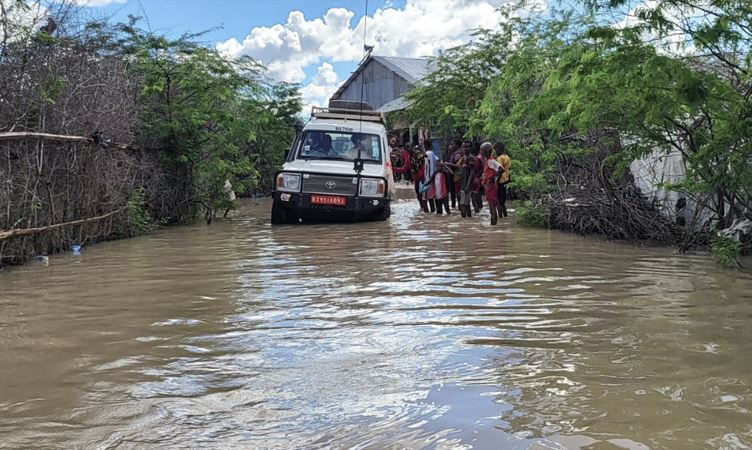
Within Dagahaley camp, more than 2,700 people are sheltering in five schools, while many others are sheltering with relatives.
The El Nino rains in Northeastern Kenya have caused large-scale flooding and cut off access to parts of Garissa and Mandera counties, leaving many residents without shelter, clean drinking water or food supplies.
This area includes the Dadaab refugee complex, which is home to some 300,000 refugees, the majority from Somalia.
More To Read
- MSF calls for urgent scale-up in water, sanitation programmes amid rising cholera cases in Abyei, South Sudan
- Kenya unveils 2024–2030 disaster risk strategy to protect lives and boost resilience
- Nigeria Floods: 200 confirmed dead, 500 others missing and presumed dead
- One year after deadly floods in Kitui village, survivors still await government resettlement
- IGAD Climate centre predicts heavy rains for Horn of Africa, urges flood preparedness
- 17 people killed, 84,000 affected as flash floods cause havoc in Somalia- UN
The rains, which began on 8 November, have washed away bridges and made roads impassable, stopping trucks from delivering food and preventing aid organisations from reaching the area.
Teams from the international medical organisation Médecins Sans Frontières/Doctors Without Borders (MSF), who were already working in Dagahaley refugee camp – one of the three camps which make up Dadaab – have launched an emergency response.
Within Dagahaley camp, more than 2,700 people are sheltering in five schools, while many others are sheltering with relatives. With food supplies cut off, the camp’s markets and shops are bare.
“The water levels are still rising, forcing residents of Dagahaley camp to abandon their shelters,” Ali Muhammed, a local resident who is sheltering in a school to escape the floodwaters said.
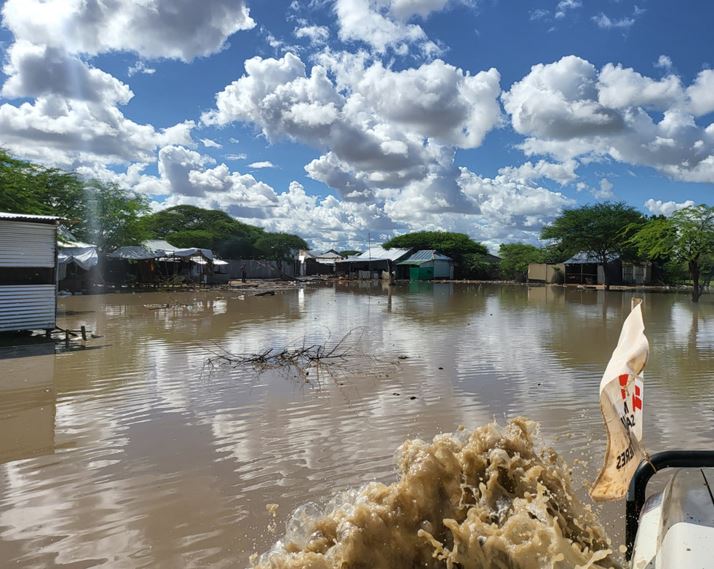 Within Dagahaley camp, more than 2,700 people are sheltering in five schools, while many others are sheltering with relatives. (MSF/Iain Thomson)
Within Dagahaley camp, more than 2,700 people are sheltering in five schools, while many others are sheltering with relatives. (MSF/Iain Thomson)
“We have 30 people crammed into one classroom and face sleepless nights plagued by insects and mosquitoes.”
Malnutrition
In the past 12 months, Dagahaley camp has seen a sharp rise in malnutrition, a measles epidemic and a protracted cholera outbreak has seen the refugees in increasing need of basic humanitarian assistance.
MSF now says the current floods present a serious health risk to Dadaab’s residents and its teams are distributing emergency kits containing soap, plastic sheeting, mosquito nets and water purification packs.
“Prolonged lack of access to drinking water can lead to the outbreak of waterborne diseases, such as hepatitis A, hepatitis E, dysentery, typhoid, polio and cholera,” Sajad Hussein, Advocacy Manager for MSF in Dagahaley said.
"The food shortages may further lead to spikes in malnutrition, and the standing water in which mosquitoes breed will increase people's vulnerability to diseases such as malaria and dengue fever. People’s needs must be urgently met to prevent more serious consequences,” Sajad said.
The risk of water-borne diseases has increased as the shortage of drinking water, latrines and food continues.
Additionally, the heavy rains have made roads inside the camp impassable, even for people walking on foot.
The Northern and Coastal regions have borne the brunt of the devastating El Nino rains that continue to wreak havoc leaving behind a trail of death and destruction across Kenya.
There are fears that those killed countrywide by the floods are over 60, a worrying rise from the 46 already declared by Interior Cabinet Secretary Kithure Kindiki just a week ago on 13 November 2023.
The Kenya Red Cross Society puts the number of those displaced by raging floods at more than 80,000.
Top Stories Today
